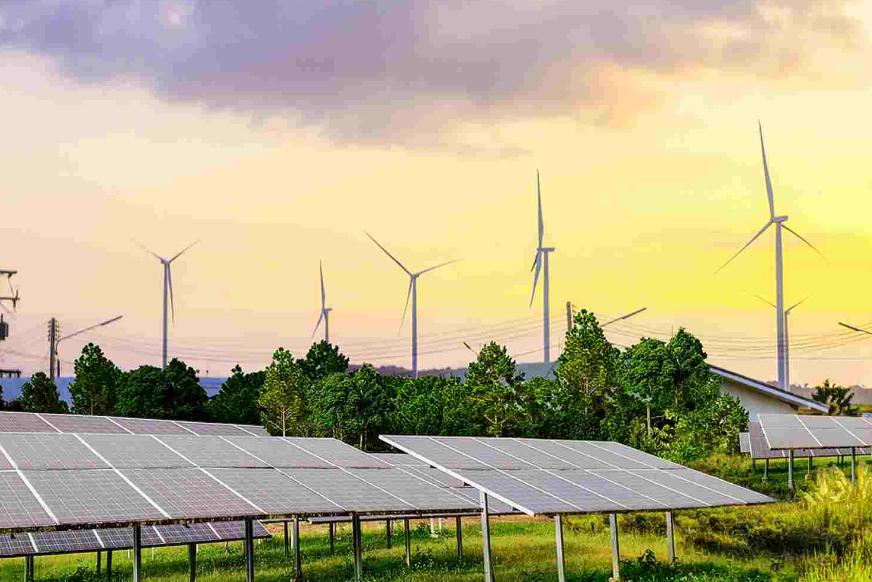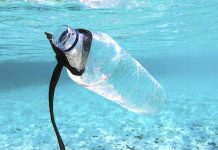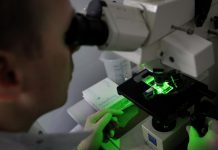Africa-Press – Sierra-Leone. Owing to its significant solar and wind potential, the Middle East and North African (MENA) region has the opportunity to lead the decarbonization of the global steel industry.
Emphasized in a recent report by the Institute for Energy Economics and Financial Analysis, the regional steel industry – which currently represents one of the most competitive globally – has already taken significant strides to decarbonize through the application of direct reduced iron-electric arc furnace technology (DRI-EAF).
Now, with new opportunities emerging across the green hydrogen landscape and government objectives to accelerate the transition even further, the MENA region is set to lead the world in the adoption of green hydrogen within the steel industry.
“The MENA region can lead the world if it shifts promptly to renewables and applies green hydrogen in its steel sector. MENA has an established supply of DR-grade iron ore and its iron ore pelletizing plants are among the world’s largest. In 2021, MENA produced just 3% of global crude steel but accounted for nearly 46% of the world’s DRI production,” said Soroush Basirat, author of the Institute for Energy Economies and Financial Analysis report.
With the region offering the highest potential for photovoltaic power globally – with theoretical production estimated at more than 5.8 KWh per m² – converting existing gas-powered generating plants to green hydrogen would create a carbon-free steel industry in the region.
Decarbonizing the steel industry aligns with the World Bank’s prediction that by 2050, more than 83GW of wind and 334GW of solar will be added to the regional energy mix, improving the provision of clean energy and making the conversion to green hydrogen-powered steel production that much simpler.
“MENA’s knowledge of this specific steel technology is an invaluable asset. This production knowledge, abetted by further work on iron ore beneficiation, pelletizing and DR plants, is among the most important steel decarbonization pillars, and will greatly assist MENA’s transition.
Compared to other regions, MENA’s existing DRI-EAF capacity means that no extra investment is needed for replacing the base technology. All new investment could be focused on expanding production of green hydrogen among other renewables. If it acts fast, MENA has the potential to lead the world in green steel production,” Basirat said.
For More News And Analysis About Sierra-Leone Follow Africa-Press






